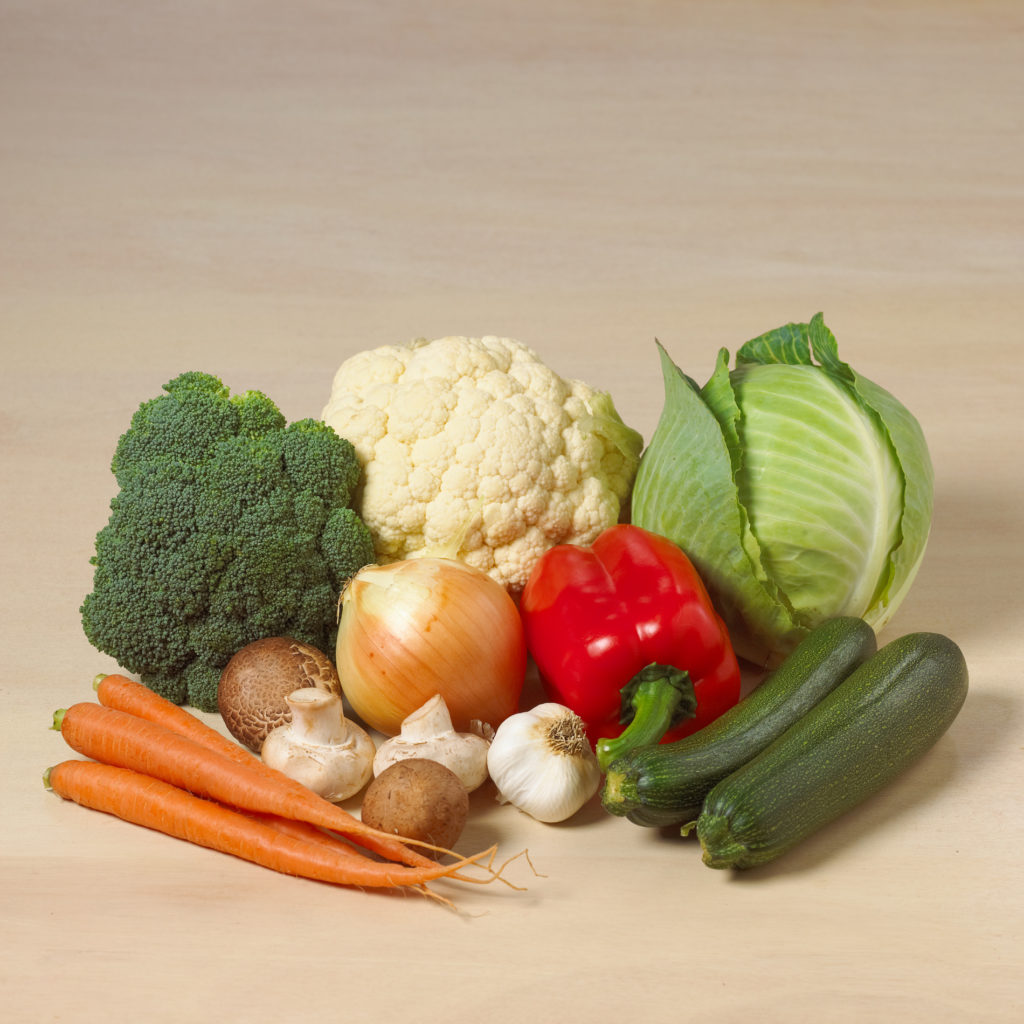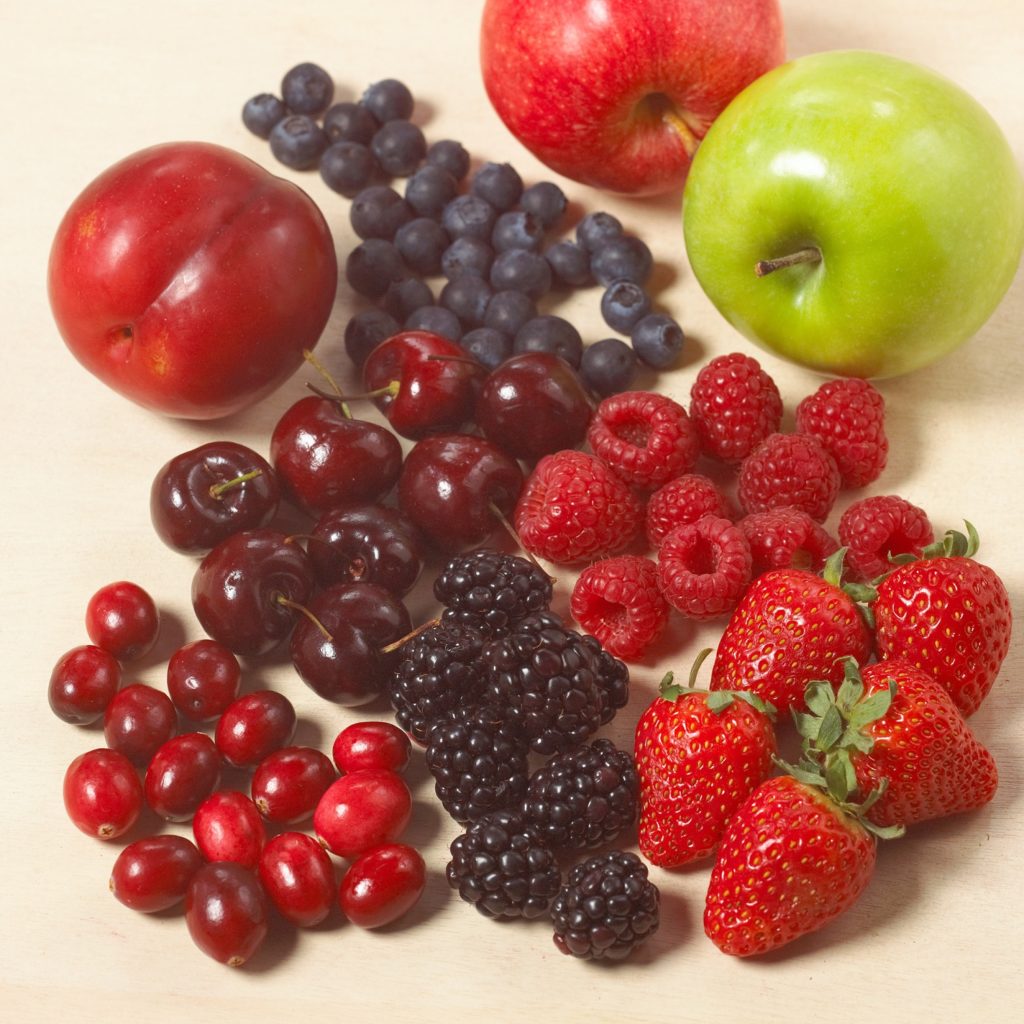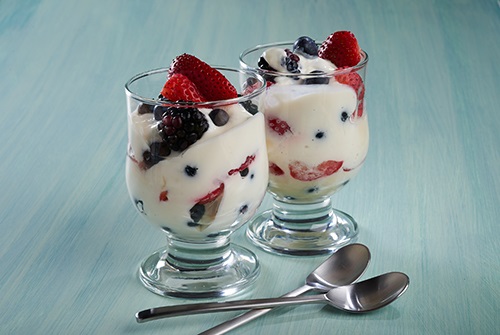Choosing Summer Produce
Summer provides a bountiful harvest of fresh fruits and vegetables. Produce is full of flavor, fiber, antioxidants, vitamins and minerals. With all this wholesome goodness, which summer produce can a dialysis patient enjoy?
When it comes to fruits and vegetables, the main concern for a dialysis patient is the potassium content. Potassium is a mineral which aids with muscle contraction. Both high and low levels in the blood will affect the heart. The kidney’s job is to keep potassium levels in the blood in the normal range. When kidneys no longer work, potassium can rise above normal. Dialysis will aid in keeping blood potassium levels within a healthy range.
Dialysis Type and Frequency
The amount of potassium you are able to consume depends on the type of dialysis treatment you are doing.
- Hemodialysis patients doing treatments three days a week are required to limit their potassium intake due to the low frequency of treatments.
- Home hemodialysis (HHD) is done 5 to 6 times a week. Peritoneal dialysis (PD) is done daily. Therefore, a higher potassium intake is allowed due to the more frequent removal of potassium. In general, PD removes more potassium, allowing PD patients a more liberal potassium intake than patients on hemodialysis.
Your dialysis dietitian will provide you with an individualized nutrition plan that considers your potassium needs.
Serving Size
A high potassium fruit or vegetable contains more than 250 mg of potassium per serving, whereas a low potassium fruit or vegetable contains less. One serving is 1/2 cup, unless otherwise specifically noted. Most dialysis patients on a low potassium diet may consume 5 servings of low potassium fruits and vegetables a day. For those on more frequent dialysis, your dialysis dietitian will help you include high potassium fruits and vegetables according to your individualized needs.
Lower Potassium Vegetables

The following vegetables contain less than 250 mg potassium per 1/2 cup serving:
- Salad greens (1 cup): green leaf, red leaf, romaine, iceberg, butterhead, arugula, spinach (raw only);
- Cooked greens: kale, collard greens, mustard greens, endive
- Cruciferous vegetables: broccoli, cauliflower, Brussels sprouts, and cabbage
- Summer squash: zucchini, yellow crookneck squash, and straight neck squash
- Asparagus (4 spears), canned beets, carrots, celery, corn, cucumber (1 cup) eggplant, radishes, mushrooms, snow peas, green beans, turnips, onion, green peppers, red peppers
Higher Potassium Vegetables
The following vegetables contain 250 mg or more per 1/2 cup serving:
- Artichoke, avocado
- Bok choy, savoy cabbage
- Potato, pumpkin, rutabaga, yams, winter squash (except spaghetti squash)
- Fresh beets and beet greens
- Tomato, includes tomato paste and tomato juice
If you need a higher potassium diet your dietitian may talk to you about adding some of these foods.
Low Potassium Tips
- Enjoy a salad filled with low potassium leafy greens with a few low potassium vegetable choices. Use a salad dressing low in sodium to add flavor.
- Enjoy vegetables as a side dish. Remember, serving size matters.
- Here are a few recipes to enjoy:
Salad dressings:
Vegetable sides:
- Grilled Summer Squash
- Gourmet Green Beans
- Stuffed Zucchini Boats
- Elegant and Easy Lemon Rice with Vegetables
Fruits
So juicy and sweet, who can resist? Portion control is the key to keeping potassium levels within range when choosing fruit. One serving is a 1/2 cup unless otherwise noted.
Lower Potassium Fruits

The following fruits contain less than 250 mg potassium per 1/2 cup serving:
- Summer berries: blueberries, blackberries, boysenberries, strawberries
- Apples, cherries, grapes
- Apricots (2 small fresh), peaches (canned), plums (2 small)
- Lemons, limes, mandarin oranges, tangerine, pineapple
- Watermelon (1 cup)
- Dried cranberries
Higher Potassium Fruits
The following fruits contain 250 mg or more per 1/2 cup serving:
- Summer melons: Cantaloupe, casaba, honey dew
- Oranges, bananas, guava, kiwi, persimmon, nectarine
- Dried fruit such as dates, prunes and raisins
- Juices: orange, prune, coconut
Low Potassium Tips
- It’s really easy to eat more than just one serving. Portion out your fruit before you begin to eat.
- Berries are a great low potassium food choice to help you stay within your potassium goals.
- Here are a few DaVita recipes to try:

- Triple Berry Protein Parfait
- Red, White and Blue Pie
- Dessert Cups with Fresh Fruit
- Blueberry Peach Crisp
Visit DaVita.com and explore these diet and nutrition resources:
- DaVita Kidney-Friendly recipes
- Today’s Kidney Diet cookbooks
- Diet and Nutrition articles
- Kidney Smart® Virtual Classes
This article is for informational purposes only and is not a substitute for medical advice or treatment. Consult your physician and dietitian regarding your specific diagnosis, treatment, diet and health questions.

Recent Comments